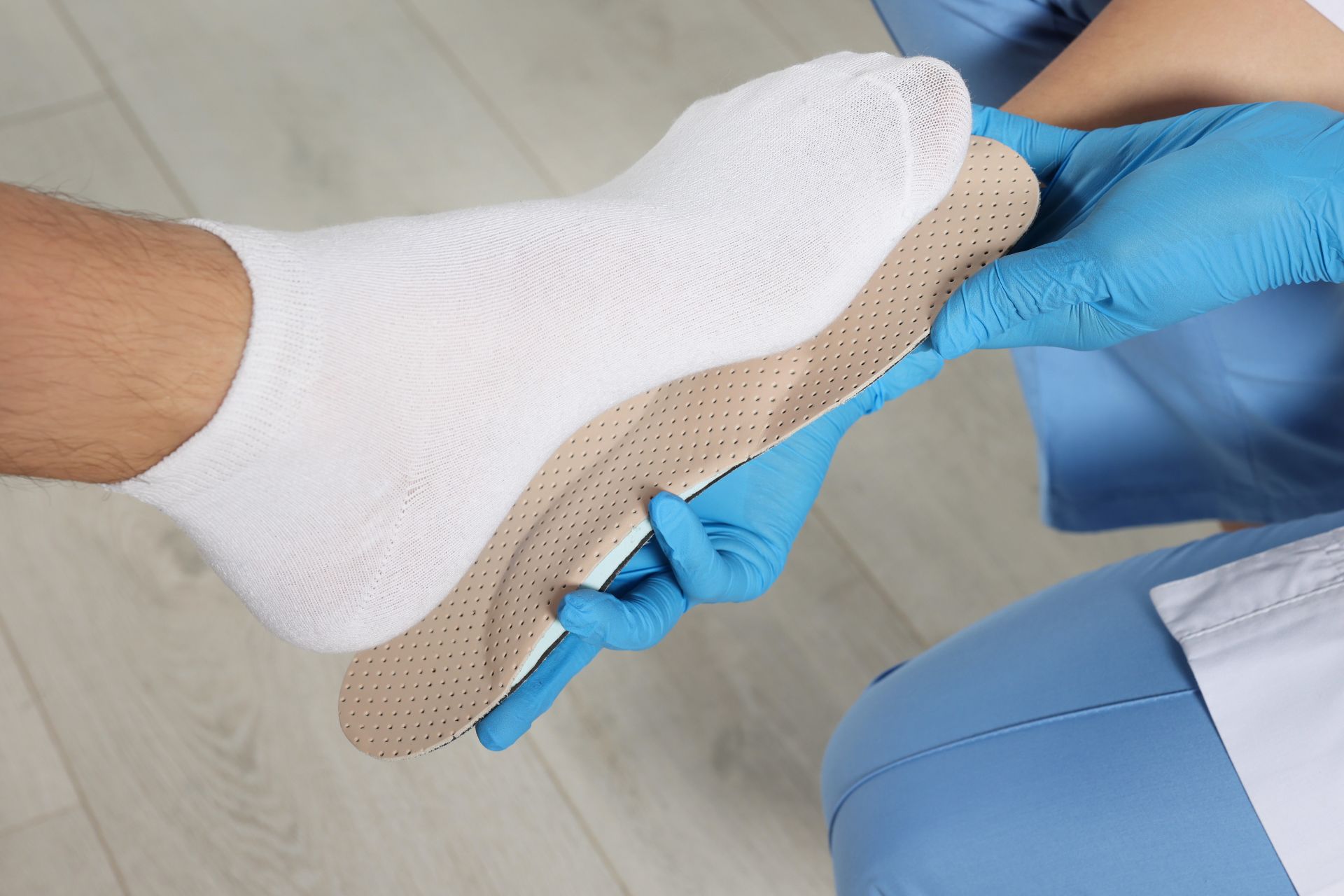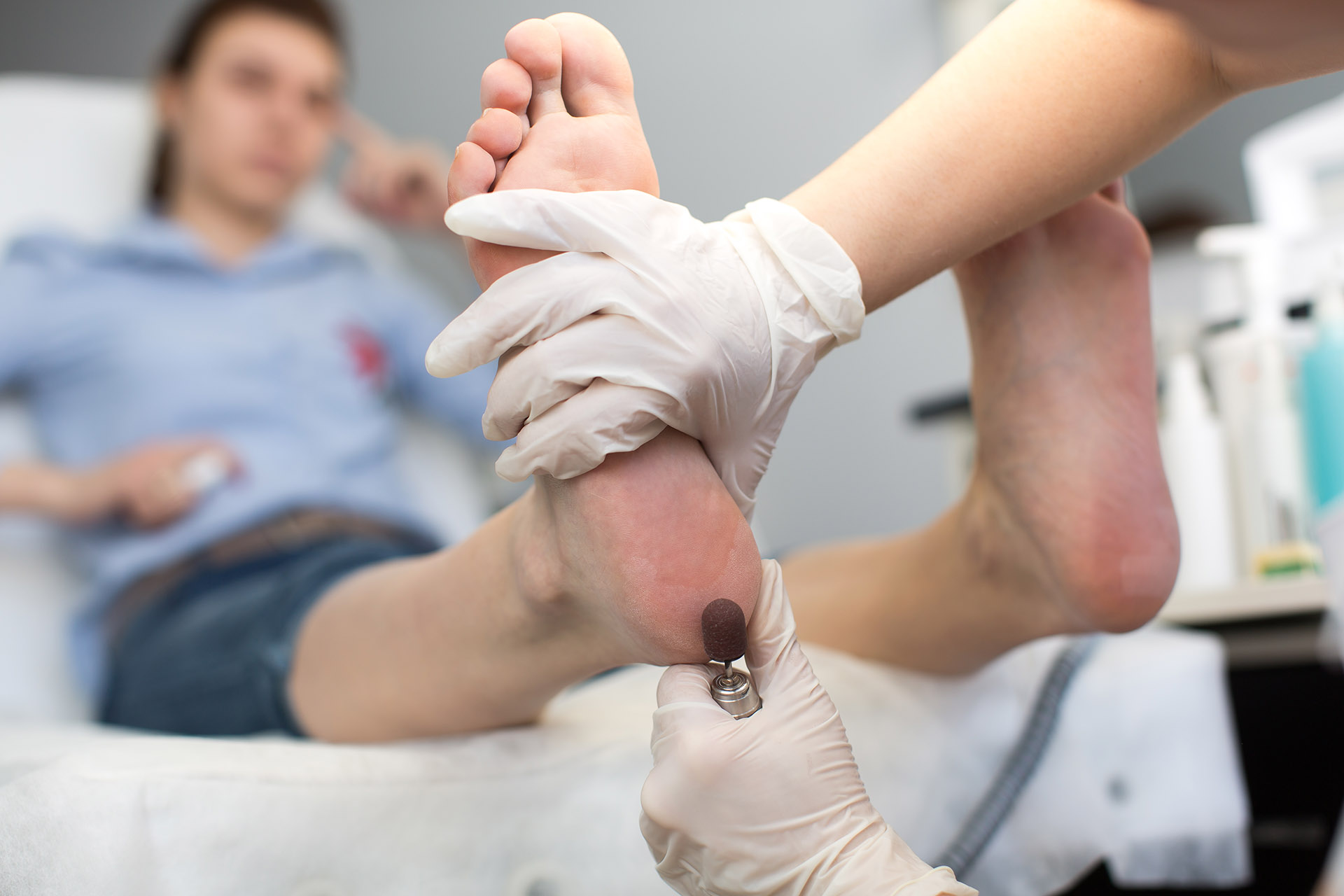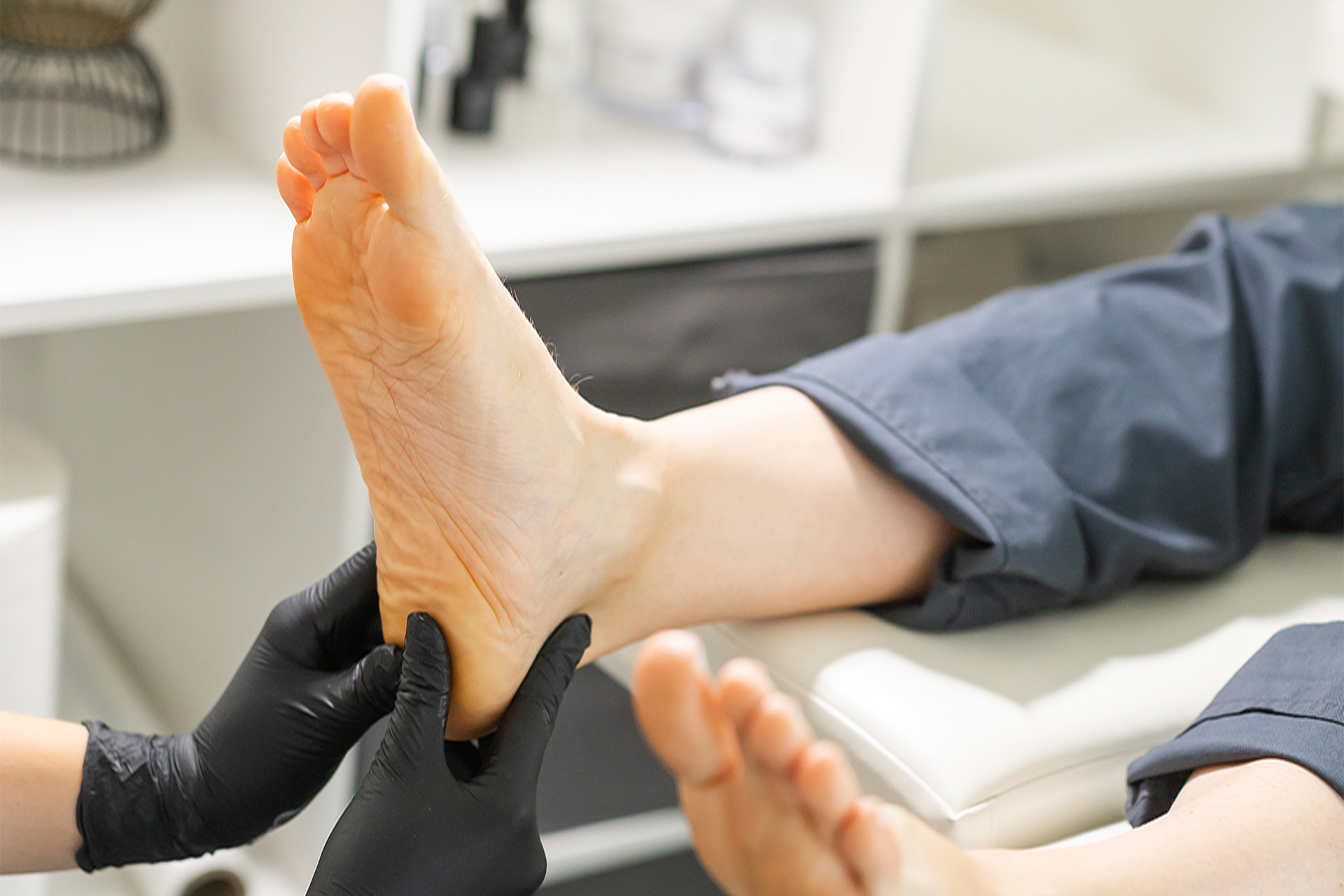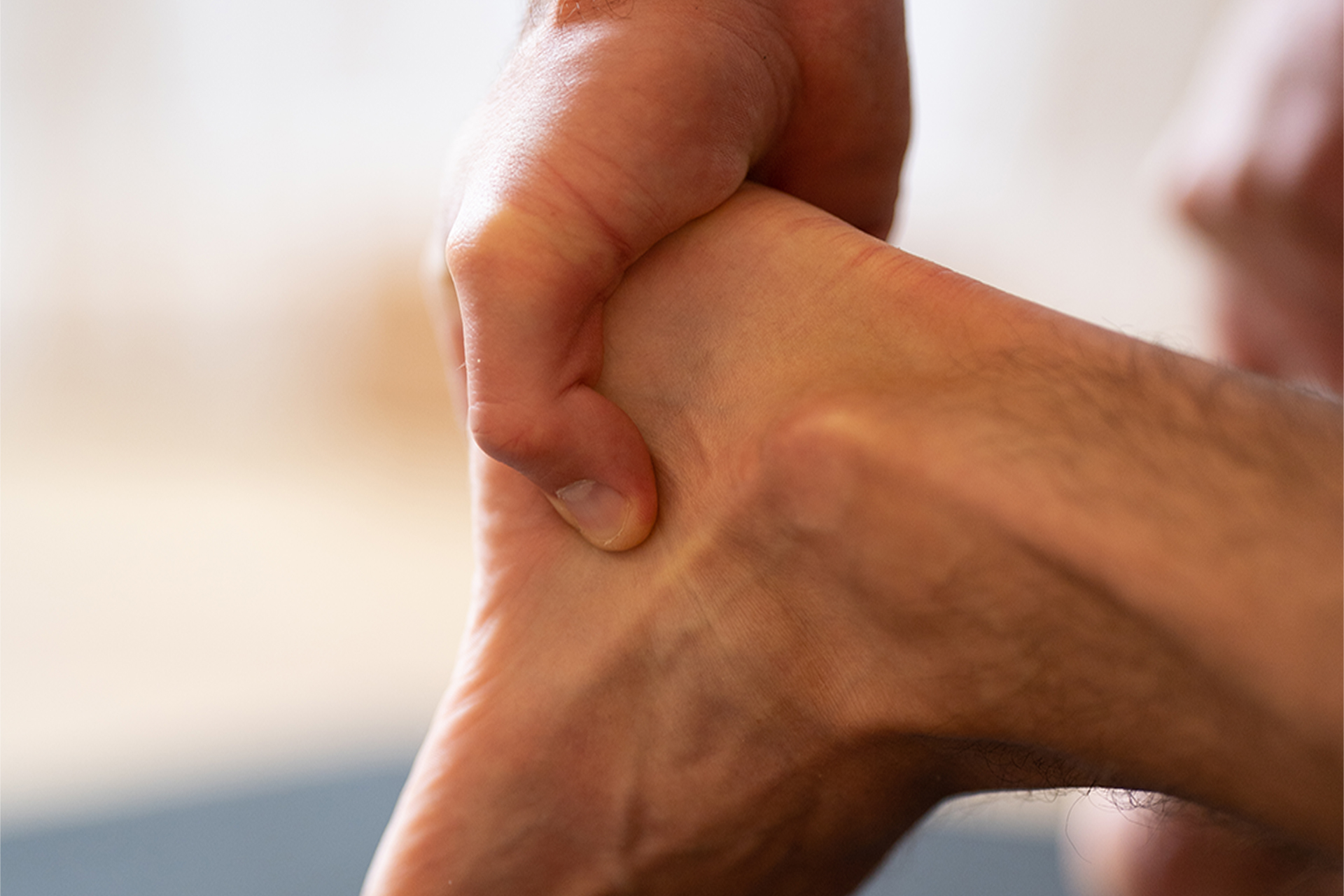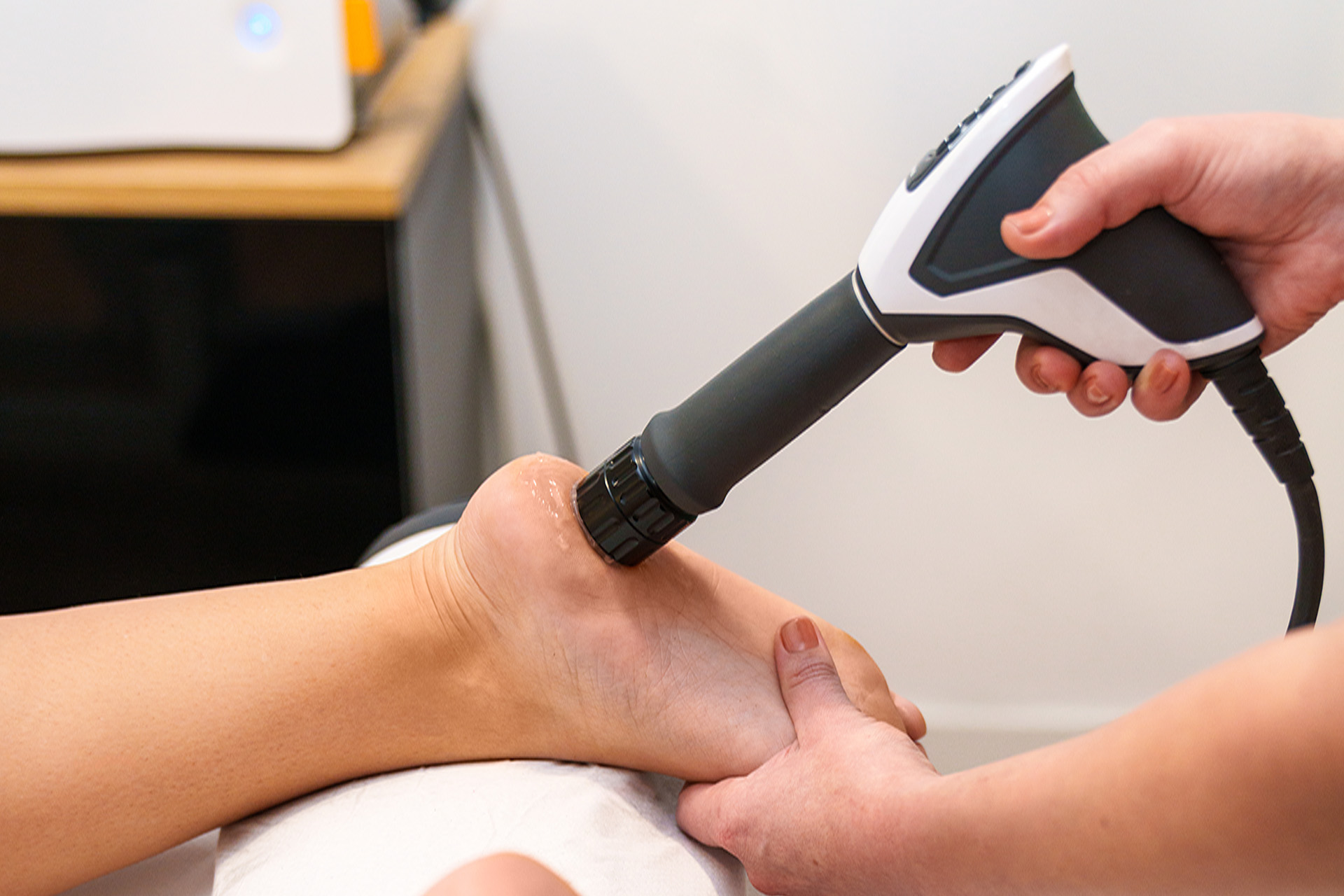What Is Plantar Plate Pain?
Plantar plates are an important component in supporting your metatarsal bones. They help prevent toe deformities, such as clawing or splaying of the toes, resulting from a lack of structural support of the plantar plate as the connective tissue degenerates. It is frequently misdiagnosed and mistaken for other conditions and can affect both women and men.
A plantar plate injury is one of several possible causes of pain under the ball of the foot, most commonly under the second toe. This elongated bottom part of the foot can be prone to injury.
Biomechanical issues can lead to increases in stress transmitting through the plantar plate. These include hallux valgus (bunions) or hallux rigidus (e.g., hallux limitus). When the first metatarsal phalangeal joint function is altered, then we get what is known as low-gear propulsion and increased loading through lesser metatarsal phalangeal joints.
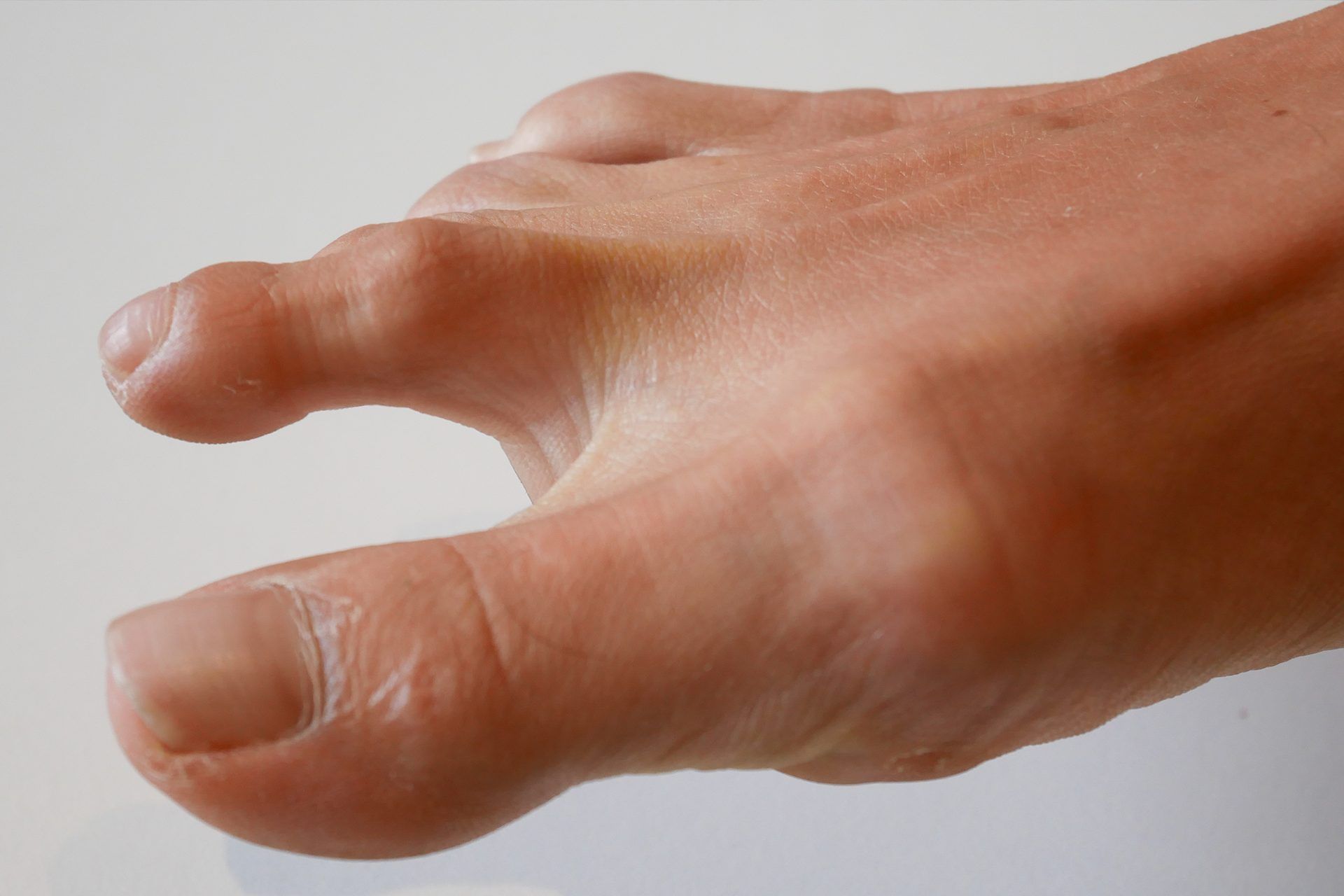
As a result, without effective diagnosis and management, plantar plate tears can quickly become painful, and the severity of the pain increases over time. This condition often gets misdiagnosed as other conditions like neuroma, fat pad atrophy, metatarsalgia (pain in the ball of your foot), metatarsal head overload, capsulitis (inflammation of the joint capsule), or synovitis (inflammation of the lining around a joint).
Plantar plate tears left untreated can result in hammertoes, arthritis, and other long-term chronic conditions. You may be suffering from this issue if you’ve noticed pain in the ball of your foot and/or if your second toe “pops up” or shifts out of alignment.
Plantar Plate Tear Symptoms
At The Foot Practice in Singapore, we usually see this condition in people in their middle age. It is frequently diagnosed as metatarsalgia, which describes the location more than a medical diagnosis. Several different diagnoses in this region may require further investigation by a podiatrist.
Some ways to identify whether you have a plantar plate tear include:
- Inflammation that causes pain and swelling, along with redness and warmth at the top of your foot where it joins the toe, leading to excessive rubbing due to deformity.
- Pain beneath the metatarsal head due to a thickening of tissue near the heel bone.
- Toe deformity, such as clawing or splaying of the toes, is caused by the loss of the plantar plate’s supporting function.
- Sharp pain that shoots up from one toe to another. Plantar plate numbness can occur when the space between your toes becomes sensitive.
If you experience any one (or more) of the symptoms listed above, make an appointment to talk with our leading podiatrist right away. This painful condition may indicate other biomechanic misalignments elsewhere in the body.
Management of Plantar Plate Tear Injuries
Most people who suffer from plantar plate tear injuries don’t realize how serious the condition is until they experience chronic plantar plate pain until the tissues degenerate fully. Podiatric management for plantar plate injuries will depend on the severity of the injury.
Many plantar plate injuries may require plantar tear surgery, but for some, a plantar plate injury will heal on its own if it is not too severe. To help with pain, you may want to ice your foot, take anti-inflammatory medication, and elevate your foot while resting.
If the pain worsens or persists for longer than a week, seeking an expert podiatric assessment may help resolve the condition before the painful nuisance becomes problematic and requires plantar tear surgery.
Conservative plantar plate tear management approaches are very effective for treating plantar plates. As long as complete dislocation of the bones hasn’t occurred, these management plans can help heal your injury and prevent chronic problems.
Here are some of our favourite plantar plate tear treatments for the management of the condition:
- Orthotic Therapy Comfortable and supportive orthoses can give better foot stability when running or walking. Orthotic devices such as custom insoles or a walking boot with a metatarsal pad may be prescribed to resolve the condition or underlying issues to prevent future issues.
- Plantar Plate Tear Taping Strapping of the plantarflexion to help offload stress of the affected plantar plate may be an important and helpful part of managing the injury.
- Shockwave Therapy Before surgical interventions, non-invasive Shockwave Therapy may be a therapeutic option to reduce pain and improve the body’s physiological healing process to revitalize the connective plantar plate tissue – combined with other modalities such as orthoses or taping.
- Plantar Plate Tear Exercises To manage the condition, our podiatrist may include offload strengthening and intrinsic foot muscle exercises to rehabilitate the injury.
A plantar plate tear is a type of ligament injury common among runners but can also affect other athletes or anyone who puts a strain on their feet.
Plantar plate injuries can be painful and frustrating, but we understand that returning to your daily life is important. Plantar plate injuries can heal quickly without permanent damage with patience and understanding. The first step is to assess your plantar plate condition accurately.
Our podiatry team will recommend a plan to manage the condition that may include Shockwave Therapy, Footwear Assessments and Advice or Strengthening Exercises to reduce the plantar plate pain and stimulate the tissue regeneration process.
Make an appointment with The Foot Practice’s specialised podiatrist in Singapore to discuss prevention or rehabilitation for a plantar plate tear injury.


